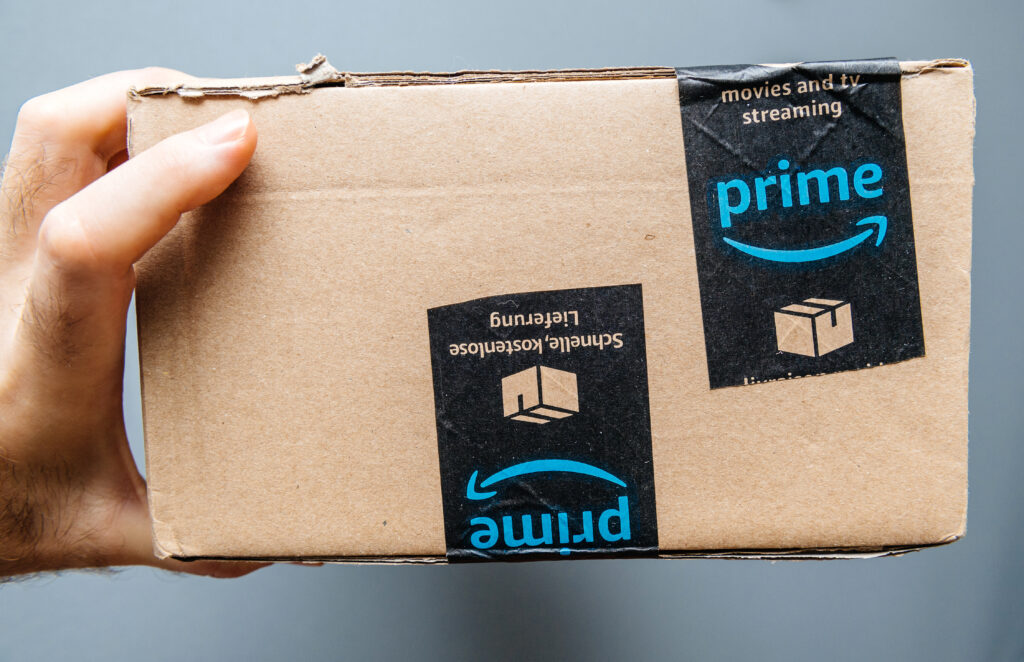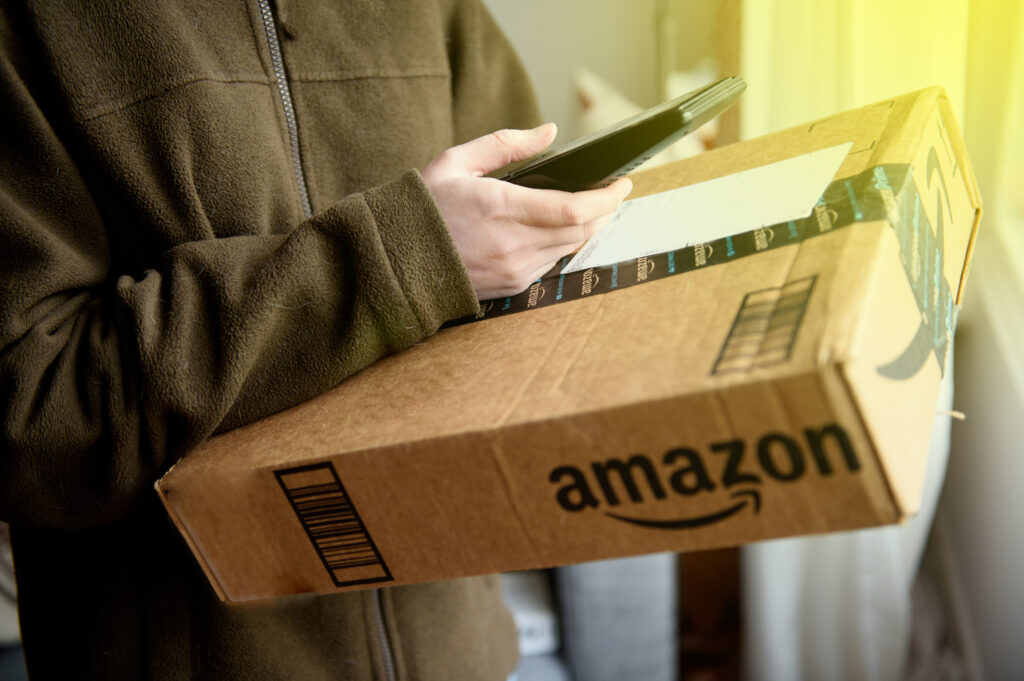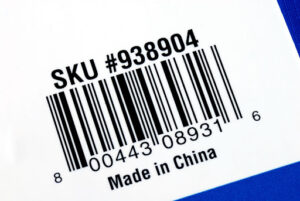As an Amazon seller, you know that brand protection is essential to the success of your business. After all, if customers can’t trust that they’re buying a product from a reputable source, they won’t buy from you again. In this blog post, we’ll discuss the top 5 challenges of brand protection on Amazon and how to tackle them. Let’s get started!
Challenges of Brand Protection on Amazon
When it comes to selling products online, Amazon is the 800-pound gorilla in the room. But along with its size and reach comes a unique set of challenges for those tasked with protecting and enforcing brands on the site. In this blog post, we’ll take a look at the top five challenges of brand protection on Amazon.
1. The sheer size and scale of Amazon make it a difficult platform to police. With millions of products being listed and sold every day, it’s simply not possible for brand owners to manually monitor every listing and transaction taking place on the site. This presents a major challenge when it comes to identifying and taking action against counterfeiters and unauthorized sellers.
2. The anonymous nature of the Amazon marketplace makes it difficult to track down and take action against bad actors. Unlike brick-and-mortar stores, there is often no physical address or contact information associated with an Amazon seller. This makes it hard to serve them with legal notices or take other enforcement actions. Worse yet, many offending sellers that do not respect or acknowledge design or utility patents are international sellers making the game of ‘cat and mouse’ even more difficult.
3. Amazon’s policies and procedures are often opaque and difficult to navigate. For example, the process of removing infringing listings from the site can be complicated and time-consuming. Brand owners often find themselves frustrated by the lack of transparency and responsiveness from Amazon when it comes to addressing their concerns. We highly recommend that you reach out to an agency that has the experience necessary to help you navigate the waters of brand protection on Amazon.
4. Because of Amazon’s low prices and vast selection, many consumers view it as a “one-stop shop” for all their needs. This can make it difficult for brand owners to compete on price without sacrificing margins, or to get consumers to consider alternatives to Amazon when searching for products online.
5. The rapid pace of change on Amazon can be a challenge for those trying to keep up with the latest developments. The company is constantly adding new features and functionality to its platform, which can make it difficult for brand owners to stay ahead of the curve and adapt their strategies accordingly.
How to Tackle the Top 5 Challenges of Brand Protection on Amazon
Brand protection is one of the most important, and challenging, aspects of selling on Amazon. With millions of products and sellers competing for buyers’ attention, it’s more important than ever to make sure your brand stands out from the crowd. Here are five of the top challenges you may face when protecting your brand on Amazon, and how to tackle them.

1. Counterfeit Products
One of the most serious threats to your brand’s reputation on Amazon is the presence of counterfeit products. Not only can these fake products damage your sales and reputation, but they can also put your customers at risk. To protect your brand from counterfeiters, it’s important to regularly monitor listings for products that may be imitations of your own. If you spot a listing that looks suspicious, report it to Amazon immediately. You can also take steps to ensure that only authorized sellers are allowed to list your products on the site.
2. Poor Quality Products
Another challenge you may face is poor quality products being sold under your brand name. This can happen if you work with multiple manufacturers or if unauthorized sellers begin listing your products on Amazon. To protect your brand from poor-quality products, it’s important to set strict quality standards for all manufacturers and sellers who are authorized to sell your products. You should also regularly check Amazon listings for your products to make sure that only high-quality items are being offered for sale.
3. Negative Reviews
Negative reviews can be damaging to your brand’s reputation, even if they’re not entirely accurate. To protect your brand from negative reviews, it’s important to encourage customers to leave positive reviews and feedback on Amazon. You can also respond quickly and politely to any negative reviews that do pop up. Finally, consider using Amazon’s A/B Testing tool to test different versions of your product listing in order to find one that performs best with customers. As negative reviews are not challenging enough, brands face the threat of fake reviews as well.
4. Pricing Pressure
One challenge you may face when selling on Amazon is pricing pressure from other sellers. Because of the competitive nature of the marketplace, some sellers may try to undercut your prices in order to get ahead. While it’s important to keep an eye on pricing trends, you don’t want to sacrifice margin in order to compete on price alone. Instead, focus on offering value-added services or features that other sellers don’t offer. This will help you differentiate your product and attract buyers who are willing to pay a bit more for a better experience.
5 . Brand Hijacking
Finally, another challenge you may face is brand hijacking by other sellers. This occurs when another seller begins using your brand name or logo without permission in order to sell their own products. To protect yourself from this type of infringement, it’s important to trademark your brand name and logo before listing any products on Amazon. You should also regularly monitor listings for any signs of unauthorized use of your brand name or logo.
The Importance of Brand Protection on Amazon
As an Amazon seller, it is important to understand the importance of brand protection. By taking measures to protect your brand, you can help to ensure that your business remains successful on Amazon.
There are a number of reasons why brand protection is important. First, it can help to prevent other sellers from selling counterfeit products. Counterfeit products can damage your reputation and lead to lost sales. In addition, brand protection can help to prevent others from using your images or intellectual property without permission. This can also damage your reputation and lead to lost sales. Finally, brand protection can help to ensure that your customers have a positive experience with your products. If your customers are unhappy with their purchase, they may leave negative reviews or feedback which can damage your business.
There are a number of ways to protect your brand on Amazon. First, you can register your trademark with Amazon. This will help to prevent others from using your trademark without permission. Second, you can create a branded store on Amazon. This will give you more control over the look and feel of your store, and make it easier for customers to find your products. Third, you can enroll in the Amazon Brand Registry program. This program provides additional tools and resources to help you protect your brand on Amazon. Finally, working with a consulting firm such as AMZ Watchdog that is well-versed in all things IP protection can help you navigate these treacherous waters.
By taking measures to protect your brand on Amazon, you can help to ensure the success of your business.
The Consequences of Not Protecting Your Brand on Amazon
It should come as no surprise that Amazon is the go-to destination for many shoppers. According to a study conducted by the National Retail Federation, nearly 60% of consumers begin their product searches on Amazon.com.
What does this mean for businesses? Well, if you’re not already selling on Amazon, you’re missing out on a huge opportunity. Not only that, but if you are selling on Amazon, it’s important to make sure you’re doing everything you can to protect your brand.
Why is this important? Because if you don’t protect your brand on Amazon, someone else will. And that could have serious consequences for your business.
For starters, someone could create a counterfeit version of your product and sell it on Amazon. This not only hurts your sales but also damages your brand’s reputation in the marketplace. Customer and brand confusion are incredibly hard to repair after the sale.
How to Protect Your Brand on Amazon
When it comes to your brand, there are a few key things you can do to protect it on Amazon. Here are a few tips:
1. Use Amazon Brand Registry
If you want to protect your brand on Amazon, one of the best things you can do is sign up for Amazon Brand Registry. This program gives you access to a number of tools that can help you manage your brand on Amazon, including the ability to create and submit product listings, track your sales and reviews, and much more.
2. Register Your Trademarks
Another important step you can take to protect your brand on Amazon is to register your trademarks with the USPTO (United States Patent and Trademark Office). This will give you legal protection against anyone who tries to use your trademark without permission.
3. Monitor Your Listings
It’s also important to regularly monitor your listings on Amazon to make sure that they are accurate and up-to-date. This includes ensuring that your product descriptions and images are accurate, as well as monitoring customer reviews and feedback.
4. Take Action Against Infringements
If you find that someone is infringing on your intellectual property, it’s important to take action immediately. This may include contacting the infringer directly or filing a complaint with Amazon.
By following these tips, you can help protect your brand on Amazon and ensure that your business is successful in the long run.
Brand protection on Amazon is vital for any company selling products on the world’s largest marketplace. Amazon’s popularity means that there are a lot of potential customers – but it also means that there are a lot of potential counterfeiters and sellers of low-quality products. In order to protect your brand on Amazon, you need to be aware of the challenges and know how to tackle them.
The Top 5 Challenges of Brand Protection on Amazon
- 1. Counterfeits
- 2. Gray market sellers
- 3. sellers of low-quality products
- 4. Lack of control over product listings
- 5. Difficult to enforce agreements with Amazon
How to Tackle the Top 5 Challenges of Brand Protection on Amazon
- 1. Register your trademarks with Amazon
- 2. Create an Amazon Brand Registry
- 3. Stay hyper-vigilant about what is happening to your listings
- 4. Monitor your product listings
- 5. Work with experienced IP protection experts who understand Amazon’s policies
The Importance of Brand Protection on Amazon
Your brand is your most valuable asset – it’s what sets you apart from your competitors and tells customers what they can expect from your products or services. Protecting your brand should be a top priority, especially if you sell on Amazon. Here are some reasons why:
- Counterfeits can damage your reputation: If customers buy counterfeit products that are lower in quality than what they were expecting, it reflects badly on your brand. counterfeits can also cause confusion among customers who might not be able to tell the difference between a genuine product and a fake one.
- Gray market sellers can undercut your prices: When unauthorized resellers sell genuine products at lower prices, it can erode your brand’s value and make it difficult for you to compete on price.
- Sellers of low-quality products can damage your reputation: If customers buy products that are lower in quality than what they were expecting, it reflects badly on your brand – even if those products are not counterfeit or gray market items.
- Lack of control over product listings can lead to errors and inconsistencies: If you don’t have control over your product listings, it’s easy for errors and inconsistencies to creep in, which can damage your reputation and make it difficult for customers to find the right product.
- Difficult to enforce agreements with Amazon: If you have agreements with Amazon (such as exclusive distribution agreements), it can be difficult to enforce them if you don’t have a robust brand protection strategy in place.




